Filter News
Area of Research
- (-) Supercomputing (17)
- Advanced Manufacturing (4)
- Biological Systems (2)
- Biology and Environment (7)
- Clean Energy (41)
- Climate and Environmental Systems (1)
- Data (1)
- Fossil Energy (1)
- Isotope Development and Production (1)
- Materials (21)
- Neutron Science (17)
- Nuclear Science and Technology (6)
- Sensors and Controls (1)
- Transportation Systems (1)
Media Contacts

Deep neural networks—a form of artificial intelligence—have demonstrated mastery of tasks once thought uniquely human. Their triumphs have ranged from identifying animals in images, to recognizing human speech, to winning complex strategy games, among other su...
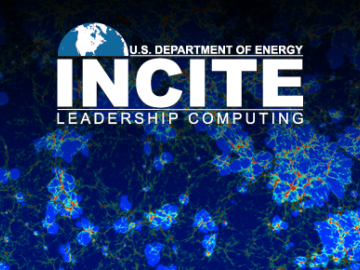
The U.S. Department of Energy’s Office of Science announced 55 projects with high potential for accelerating discovery through its Innovative and Novel Computational Impact on Theory and Experiment (INCITE) program. The projects will share 5.95 billion core-hours on t...
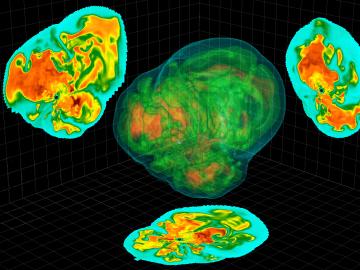
The Big Bang began the formation and organization of the matter that makes up ourselves and our world. Nearly 14 billion years later, nuclear physicists at the Department of Energy’s Oak Ridge National Laboratory (ORNL) and their partners are using America’s most powerful supercomp...

The field of “Big Data” has exploded in the blink of an eye, growing exponentially into almost every branch of science in just a few decades. Sectors such as energy, manufacturing, healthcare and many others depend on scalable data processing and analysis for continued in...
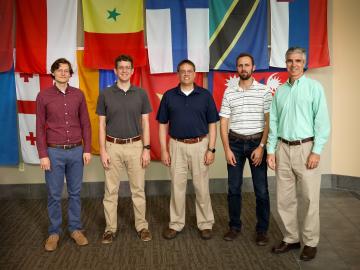
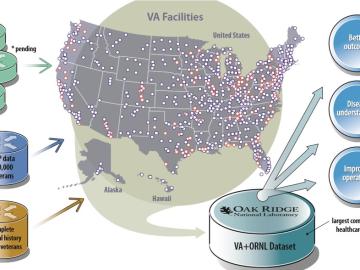
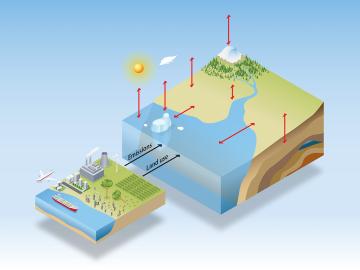
A new integrated computational model reduces uncertainty in climate predictions by bridging Earth systems with energy and economic models and large-scale human impact data. Co-developed by Oak Ridge National Laboratory, the novel integrated Earth system model, or iESM, leverages the power of supercomputers, including ORNL’s Titan, to couple biospheric feedbacks from oceans, atmosphere and land with human activity, such as fossil fuel emissions, agriculture and land use.
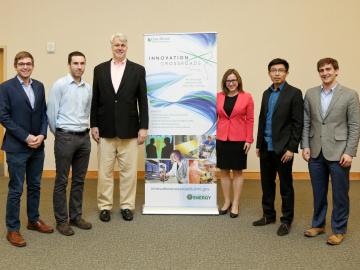
Oak Ridge National Laboratory today welcomed the first cohort of innovators to join Innovation Crossroads, the Southeast region's first entrepreneurial research and development program based at a U.S. Department of Energy national laboratory. Innovation Crossroads, ...

Virginia-based Lenvio Inc. has exclusively licensed a cyber security technology from the Department of Energy’s Oak Ridge National Laboratory that can quickly detect malicious behavior in software not previously identified as a threat.
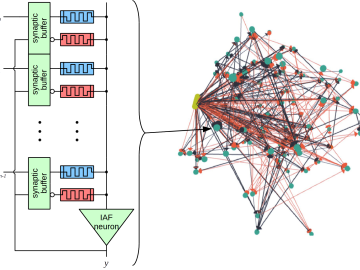
In a first for deep learning, an Oak Ridge National Laboratory-led team is bringing together quantum, high-performance and neuromorphic computing architectures to address complex issues that, if resolved, could clear the way for more flexible, efficient technologies in intelligent computing.




